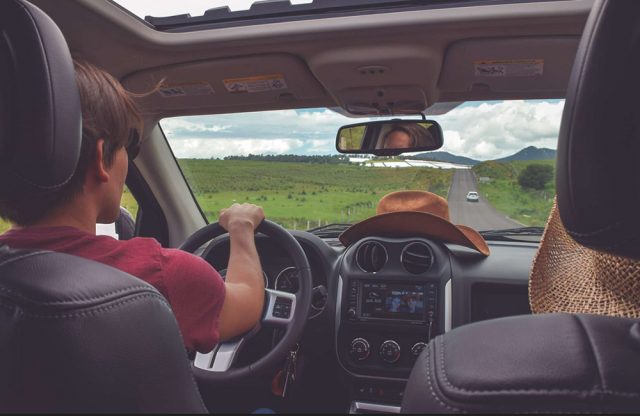Despite significant improvements in Uganda’s road infrastructure, the number of car accidents remains concerning, particularly on remote highways.
While advancements in technology and public awareness campaigns have contributed to reducing accidents, human errors continue to be the leading cause of road mishaps worldwide.
Many adventure seekers opt for self-driving in Uganda due to its cost-effectiveness and flexibility. Different travel companies such as Vehicle Hire Uganda, Self Drive Uganda, and Road Trip Uganda are available in the country to offer self-drive safari services. However, the risks and uncertainties are high.
Practicing safe driving skills is crucial to minimize the risk of accidents. Here are seven essential tips for a safe self-drive road trip in Uganda:
1. Car Maintenance
Before embarking on your self-drive adventure, ensure your vehicle is in optimal condition. Request a copy of the car maintenance report to check for any potential issues that could arise during your trip. Key areas to inspect include the engine, battery condition, tire positioning, and pressure. If any problems are detected, ask for a replacement vehicle or demand repairs before signing the self-drive agreement. Awareness of your car’s safety status is vital for a smooth journey.
2. Defensive Driving
Defensive driving involves anticipating potential road hazards and reacting proactively. This practice reduces the risk of collisions and road rage incidents. Maintain a safe distance (2 to 3 seconds gap) between your car and the one in front of you, adjust your speed according to weather and road conditions, and slow down on bends. Defensive driving is about being prepared for unexpected situations, and ensuring your safety and that of others on the road.
3. Cautious Driving in Bad Weather
Uganda’s weather can be unpredictable, with heavy rains causing slippery and muddy roads. Drive slowly and maintain an extra gap between your car and the vehicle ahead during such conditions. Reduce speed on sharp bends to avoid skidding. If you’re not confident driving in bad weather, consider delegating the task to someone more experienced or take a break at a safe location until conditions improve.
4. Avoid Driving Drowsy
Drowsy driving is a highly underrated risk factor. Ensure you get enough rest before starting your journey. If you feel sleepy during the trip, switch driving duties with a friend or partner. Traveling alone? Consider taking caffeine or stopping for a short break to refresh yourself before continuing. Ignoring signs of drowsiness can lead to severe accidents.
5. Wear Your Seat Belt
Seat belts are lifesavers, significantly reducing the impact during accidents. In Uganda, not wearing a seat belt can also result in fines from traffic police. Ensure both the driver and passengers are securely fastened. Seat belts prevent you from being thrown around or out of the car in case of a crash, making them a critical safety measure.
6. Avoid Over Speeding
Speeding is the leading cause of road accidents in Uganda. Reckless driving, often influenced by hurry, showing off, or intoxication, increases the likelihood of accidents. Always adhere to speed limit signs and drive at a controlled speed. Taking your time and driving responsibly can prevent collisions and save lives, as well as avoid speeding tickets.
7. Don’t Drink and Drive
Alcohol impairment is a significant factor in road accidents in Uganda, accounting for over 20% of cases. With the reopening of bars and nightclubs, this figure is expected to rise. Alcohol impairs judgment and reaction times. If you’ve been drinking, don’t get behind the wheel. Instead, delegate driving duties to a sober friend, leave your car parked, and use ride-hailing services like Uber or SafeBoda to reach your destination safely.
By following these essential tips, you can significantly reduce the risks associated with self-driving in Uganda. Prioritizing safety ensures a memorable and enjoyable road trip experience. Safe travels!







